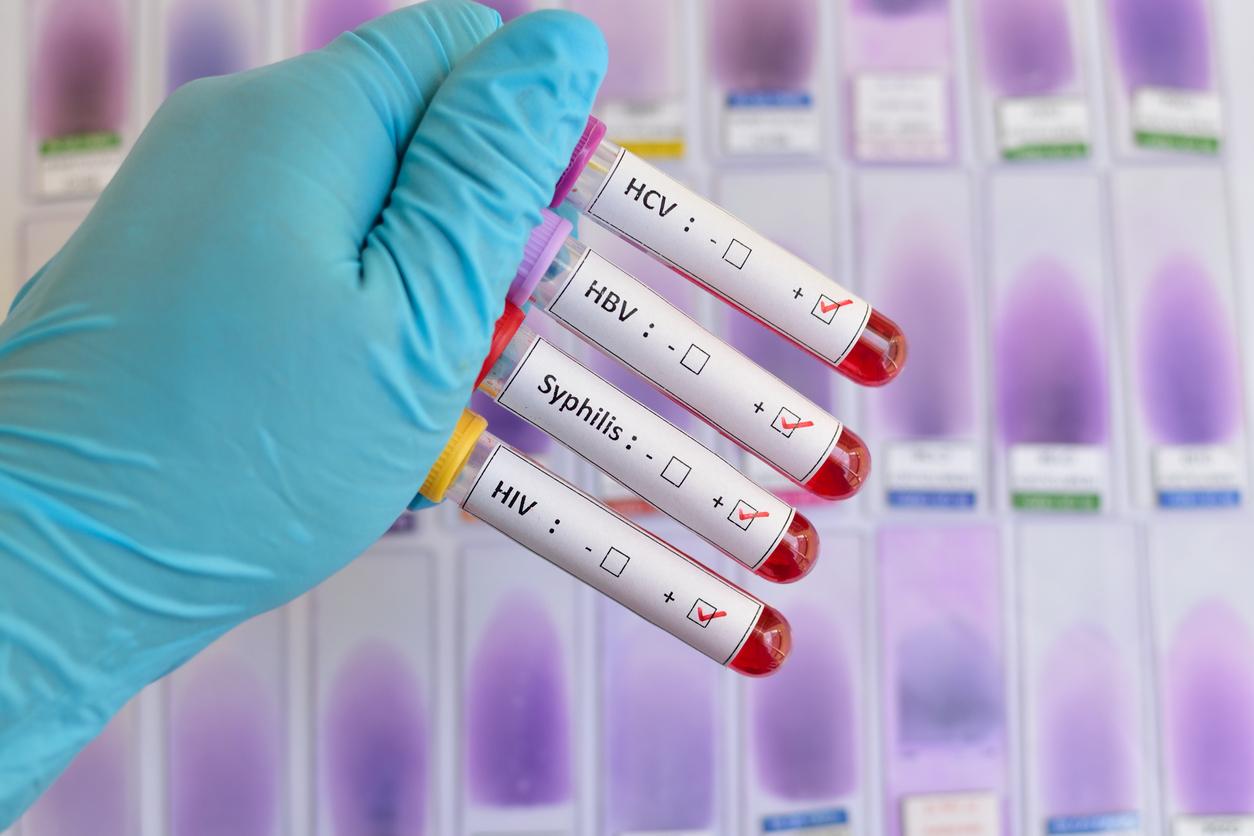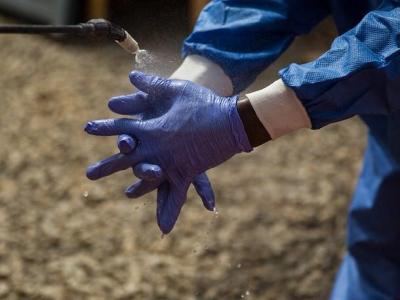A new report from the World Health Organization (WHO) shows that 2 years into a global effort to tackle the problem, sexually transmitted infections (STIs) continue to rise around the world.
Data in the report show that case notifications for STIs are increasing in many WHO regions, with four curable STIs—syphilis (Treponema pallidum), gonorrhea (Neisseria gonorrhoeae), chlamydia (Chlamydia trachomatis), and trichomoniasis (Trichomonas vaginalis)—causing more than 1 million infections each day. In particular, cases of adult and maternal syphilis and associated congenital syphilis have been surging in the wake of the COVID-19 pandemic. And multidrug-resistant gonorrhea is on the rise.
Furthermore, the WHO said the increases come amid signs that new HIV and viral hepatitis infections are not declining as fast as they need to be to achieve the related goals of the 2030 Agenda for Sustainable Development.
The report estimates that the combined death toll from HIV, viral hepatitis, and STIs is 2.5 million people a year.
Patchy progress
The report is the first of a series of biannual progress updates on the implementation of the global health sector strategies on HIV, viral hepatitis, and STIs for 2022-2030. That document laid out a vision, goals, and strategic direction for ending AIDS and epidemics of viral hepatitis and STIs by 2030.
The report shows that some progress has been made, particularly in efforts by countries and partners to expand HIV, hepatitis, and STI services. For example, more than 75% of people living with HIV are receiving antiretroviral therapy, and 93% of those on treatment have suppressed viral loads. In addition, 19 countries have been officially validated for the elimination of mother-to-child HIV and/or syphilis transmission.
Still, new HIV infections fell by only 200,000 (from 1.5 million to 1.3 million) from 2020 to 2022 and remain far above the 2025 goal of 370,000 newly infected people. And of the 630,000 HIV-related deaths in 2022, many were due to late treatment and structural barriers to care.
Other global targets set for 2025 and 2030 are also far from being met.
"We have the tools required to end these epidemics as public health threats by 2030, but we now need to ensure that, in the context of an increasingly complex world, countries do all they can to achieve the ambitious targets they set themselves," WHO Director-General Tedros Adhanom Ghebreyesus, PhD, said in a WHO press release.
Among the concerns highlighted in the report is the increasing mortality from viral hepatitis. Hepatitis B and C combined caused 1.3 million deaths in 2022, which is close to the number of deaths caused by tuberculosis (the world's second-leading infectious disease killer) and up from 1.1 million in 2021. Hepatitis B can be transmitted through sexual activity, while hepatitis C mainly spreads through sharing needles for drug use.
We have the tools required to end these epidemics as public health threats by 2030, but we now need to ensure that, in the context of an increasingly complex world, countries do all they can to achieve the ambitious targets they set themselves.
Tedros also highlighted the global increase in syphilis cases, which is being driven by increases in the WHO African Region and the WHO Region of the Americas. The number of new syphilis cases in adults aged 15 to 49 years rose from 7.1 million in 2020 to 8 million in 2022, while cases of congenital syphilis (transmission from mother to child) rose from 425 per 100,000 live births per year in 2020 to 523 in 2022.
The 2025 targets set by the WHO are 5.7 million new syphilis cases and fewer than 200 cases of congenital syphilis per 100,000 live births.
"The rising incidence of syphilis raises major concerns," Tedros said.
Overall, there were 374 million new cases of the four curable STIs in 2022. Reductions of 20% in all four infections will be needed to meet the 2025 targets, the WHO said. Meeting the 2030 goals would require 60% reductions.
The threat of multidrug-resistant gonorrhea
While the progress report had no data on the global number of gonorrhea infections reported in 2022, 82.3 million cases were reported among 15- to 49-year-olds in 2020. On top of that, the effectiveness of the last-line treatment for gonorrhea—ceftriaxone—is being threatened. The WHO said that in the 87 countries where enhanced antimicrobial resistance surveillance for gonorrhea is being conducted, 9 have reported elevated levels of resistance (from 5% to 40%) to ceftriaxone.
The currently recommended gonorrhea treatment regimen in most countries is a combination of ceftriaxone and azithromycin, which has also seen rising resistance levels. Because gonorrhea has already developed resistance to several other antibiotic classes, failure of the current regimen raises the specter of increasingly untreatable gonorrhea.
"WHO is monitoring the situation and has updated its recommended treatment to reduce the spread of this multi-resistant gonorrhoea strain," the agency said.
The report concludes that more political will and commitment, along with financing, will be needed to address these issues and meet the 2025 and 2030 targets. The WHO also calls for stronger efforts to provide prevention, testing, and treatment services to the populations with the highest incidence of HIV, viral hepatitis, and STIs, and to address stigma and discrimination within health systems.




















